But It Must Change to Earn Their Confidence
But It Must Change to Earn Their Confidence
By Mehmet Enes Beşer
ASEAN has been at the very center of Southeast Asia’s political, economic, and diplomatic order for over five decades. It has preserved peace in a region formerly shattered by strife, facilitated trade integration, and become a convenor of dialogue between great powers. But in recent years, its influence has noticeably waned—its voice muffled by geopolitical competitions, its institutions trailing behind crises, and its aspirations often eclipsed by the necessities of events outside its control. In 2023 and early 2024, ASEAN was increasingly sidelined, both by external forces dictating regional trends and by internal complacency that immobilized gains.
But the picture is not one of ineluctable decline. If anything, political sentiment in Southeast Asia suggests that its citizens still believe in ASEAN’s promise. What they anticipate, however, is not yesterday’s ASEAN—shy, consensus-oriented, and too deferential to sovereignty—but a more robust, proactive, and capable ASEAN that can set the pace in charting the future of the region. Briefly, ASEAN needs to reinvent itself not only to stay relevant globally but also to preserve the confidence and trust of the very societies that it represents.
Recent polls of public opinion and regional sentiment studies suggest that Southeast Asians still appreciate ASEAN as a stabilizing influence. From Jakarta to Hanoi, Manila to Phnom Penh, citizens tend to be excited at the prospect of deeper economic integration, regionalized norms, and collective security. There remains also a general sense that ASEAN as an entire entity can better protect the regional interests than isolated states blown hither and thither by the winds of international forces. But this is qualified optimism—it depends on the ability of ASEAN to overcome words and make effective action in an increasingly complex world.
A lot of recent criticism of ASEAN has come in response to its perceived failure to respond to crises. The most self-evident case has been responding to the crisis in Myanmar. After the military coup in February 2021, ASEAN adopted a Five-Point Consensus to outline engagement. But years later, the junta remains intransigent, bloodshed continues, and ASEAN’s response has oscillated between backroom diplomacy and public indecision. For most Southeast Asians, this event was a manifestation of a more profound structural problem: the bloc’s commitment to non-interference, which was once a source of strength in holding the bloc together, now acts as a brake on action required.
Meanwhile, ASEAN’s economic influence has lagged behind the promise of the region. While intra-ASEAN trade remains robust and regional partners outside the region—ranging from China to the EU—continue to prize interaction on ASEAN platforms, the organization has failed to convert collective bargaining leverage into meaningful action. Fragmented regulations, uneven investment policies, and delayed compliance with integration commitments have generated an accelerating gap between the economic potential that ASEAN presents and its institution-building record. Physical and virtual regional connectivity remains patchy. The ASEAN Economic Community (AEC), launched with much fanfare in 2015, is still short of the unity and vibrancy to challenge other regional groupings like the European Union or even embryonic frameworks in Africa.
And yet, ASEAN is not starting from scratch. It is still the fifth-largest economy in the world as a bloc, it has more free trade agreements than any other regional bloc, and its centrality is still recognized in diplomatic circles. The issue is not one of relevance—but of leadership and adjustment. If ASEAN is to live up to the dreams of its people and meet the challenge of the hour, it must transform institutionally and intellectually.
First, ASEAN must recast its consensus principle. Consensus has been effective in preventing fragmentation, but it must not be invoked as an excuse for paralysis. “ASEAN-minus” institutions—wherever there is member willingness to move forward in some areas such as digital integration, health security, or climate adaptation—must be established. Flexibility within unity can generate momentum without abandoning cohesion.
Second, ASEAN must enhance its secretariat and broaden the mandates of its coordinating bodies. With limited budgets and little political influence, the ASEAN Secretariat is unable to implement policies or monitor progress. Providing regional institutions with greater budgetary and technical capabilities would allow for more effective follow-through on initiatives, while reducing dependence on revolving national leadership.
Third, ASEAN must have a more directed external policy. In an era of great power resurgence competition, neutrality cannot mean passivity. ASEAN must articulate its own strategic vision for the Indo-Pacific—one that is rooted in inclusivity, multilateralism, and regional agency. Rather than being a response to U.S.-China competition, ASEAN must drive the terms of engagement by offering alternative security architectures, economic approaches, and normative practices.
Finally, ASEAN must engage with the people. ASEAN too is often seen as an elite-driven initiative, discussed at high-level meetings but distant from the life of the common man. Through investment in regional education exchanges, labor mobility, youth diplomacy, and civil society networks, ASEAN can build grassroots legitimacy. Only when people see and feel its benefits for themselves will publicly trust in regionalism endure.
Conclusion
Southeast Asians have not abandoned ASEAN—but they are observing closely. The bloc’s loss of standing over the past year is reversible, but it is a warning. Confidence can be regained, but only if ASEAN becomes more courageous, quicker, and more attuned to the requirements of the times. The world order is heading into an age of increased uncertainty, and the Indo-Pacific is its epicenter. If ASEAN continues to proceed cautiously as the rest of the world hurtles forward, it runs the risk of becoming obsolete—not because it has nothing to offer, but because it is reluctant to act.
But the promise is still immense. With a youth population, rising economies, and a common historical memory of having endured adversity, Southeast Asia can very much determine its own fate. ASEAN is the vehicle—but it needs to be upgraded, renewed, and redesigned for a new age. The choice is not between survival and collapse; it is between stagnation and transformation. And if ASEAN hears the voice of its people and evolves, it can yet be that instrument of world influence and regional cohesion it was meant to be.







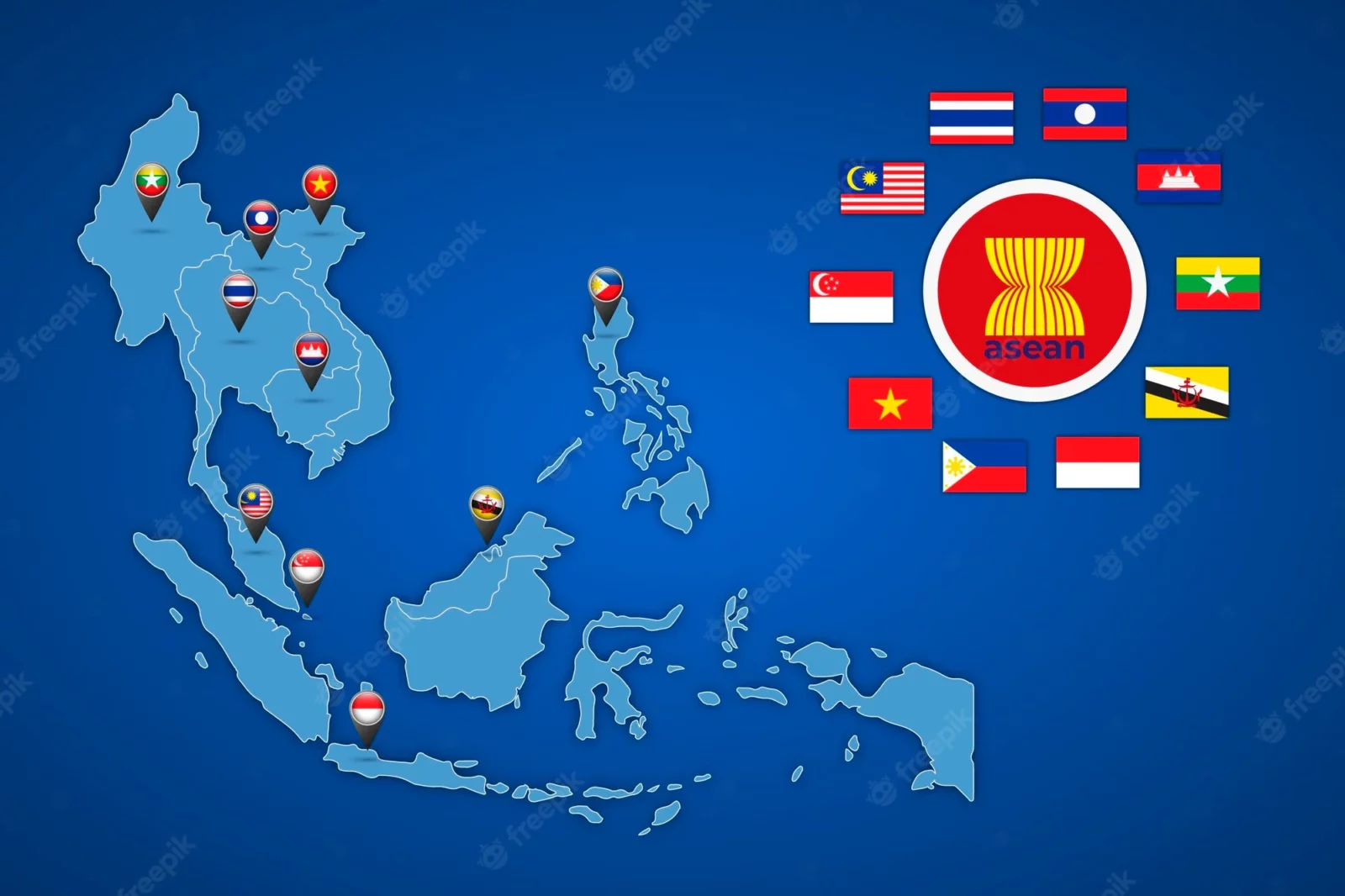
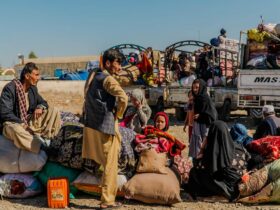

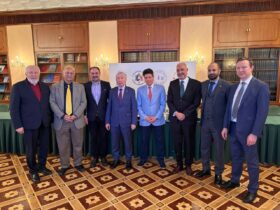
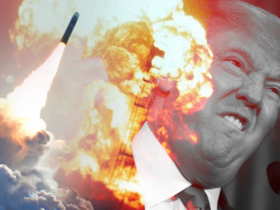
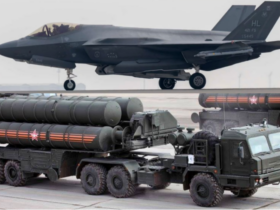


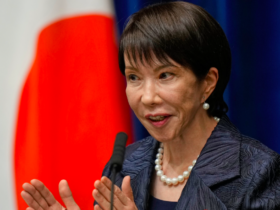
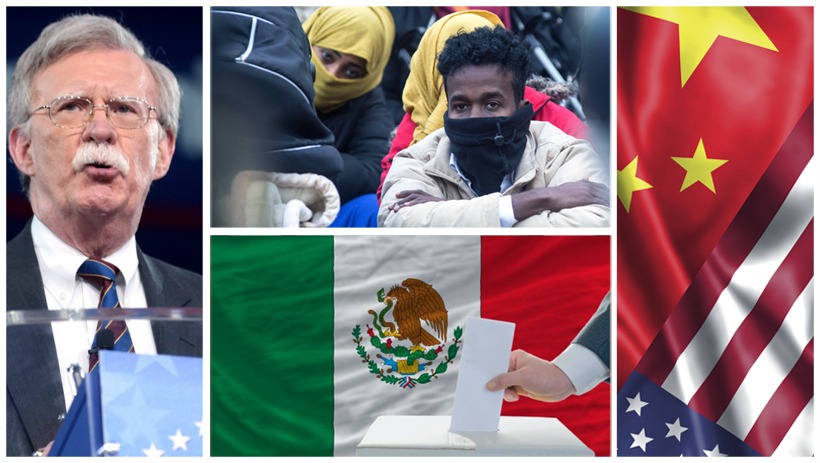
Leave a Reply